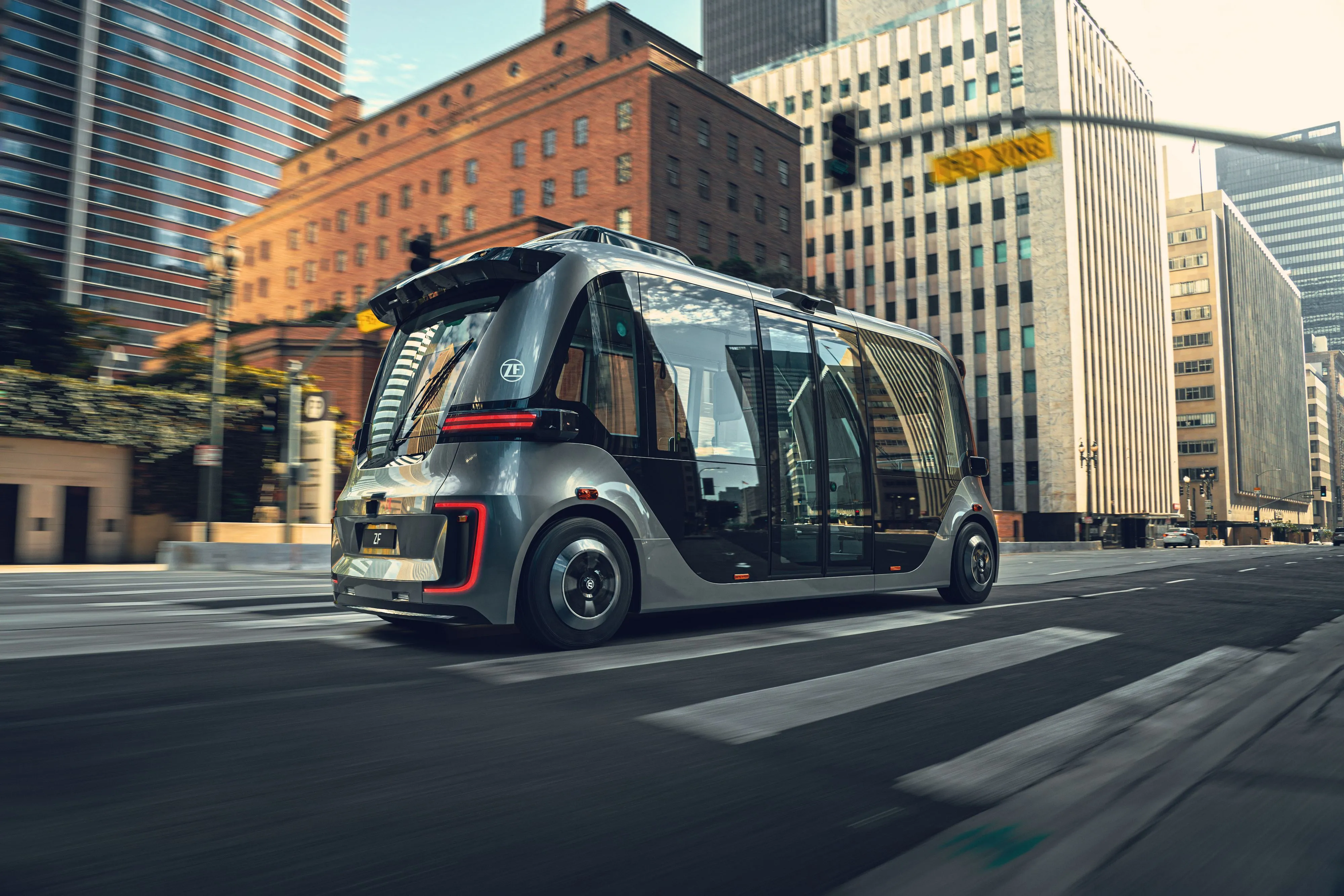A new anti-burn feature is said to allow static graphics to be displayed without adversely affecting performance or lifespan. The 15-NP is rated for 100,000 hours of continuous operation, with its anti-burn feature.
The rear projection, light output per square metre is constant and independent of the total screen area, making it possible to create daylight-viewable displays of any size. Its 90mm display depth is designed for it to be installed virtually anywhere, and both front and rear access versions are available to further increase versatility.
Displays are assembled on-site as required from individual LED units measuring 480mm x 540mm. LED units feature standard OPS slots, which can accommodate OPS 3G-SDI-input boards or OPS HDBaseT inputs for long-distance signal transmission via CAT6(STP) cable. Dual-loop signal inputs and redundant power supplies ensure the display will continue to function in the event of an LED unit power failure.
Mitsubishi launches direct view LED to display line-up
Mitsubishi Electric has launched the production model of its direct view narrow pixel pitch (NPP) LED screen. The VS-15NP160 (15-NP) is designed for control rooms and other indoor applications.
A new anti-burn feature is said to allow static graphics to be displayed without adversely affecting performance or lifespan. The 15-NP is rated for 100,000 hours of continuous operation, with its anti-burn feature.
December 5, 2017
Read time: 2 mins









